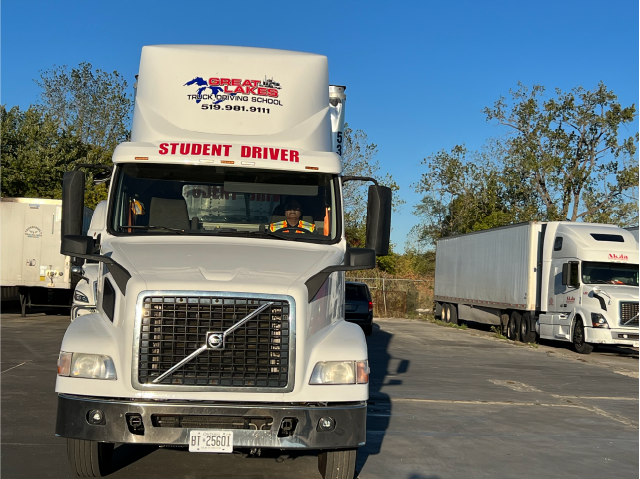Cargo security and load distribution are essential responsibilities for every commercial driver in Ontario. Regulated under the Highway Traffic Act and the National Safety Code (NSC) Standard 10, these rules are designed to ensure that all cargo is properly secured and evenly balanced to prevent accidents, protect the load, and keep Ontario’s roads safe.
Cargo Securement
Drivers must ensure that cargo is firmly secured using the proper equipment, such as straps, chains, binders, or tarps. Securement devices must be in good working condition and strong enough to hold the load in place under normal driving conditions, including braking, turning, and sudden maneuvers.
Ontario and NSC regulations require:
At least 2 tie-downs for any cargo piece longer than 3 meters (10 feet).
1 additional tie-down for every extra 3 meters (10 feet) of length.
At least 1 tie-down for cargo shorter than 1.52 meters (5 feet) if it weighs over 500 kg (1,100 lbs).
Cargo must be secured so it cannot shift, fall, leak, or blow off the vehicle.
Drivers must inspect cargo securement before departure, within the first 80 km of travel, and at regular intervals throughout the trip.
Load Distribution
In addition to securement, drivers must properly distribute the weight of the load across the vehicle and axles. This ensures safe handling, steering, and braking. Uneven or overweight loads can cause loss of control, rollovers, or brake failure. Drivers must also follow Ontario’s maximum weight limits to avoid fines and unsafe operating conditions.
Why It Matters
Improperly secured or unbalanced cargo can lead to serious collisions, heavy fines, and out-of-service violations. By following Ontario’s cargo security and load distribution standards, drivers not only comply with the law but also protect themselves, their cargo, and the public. Proper securement and balanced loads are a mark of professionalism and safety in the trucking industry.


